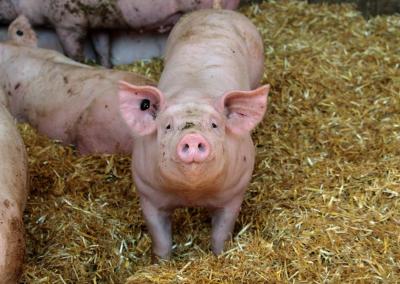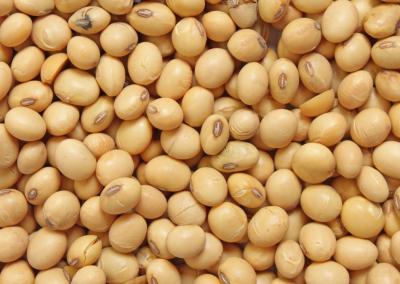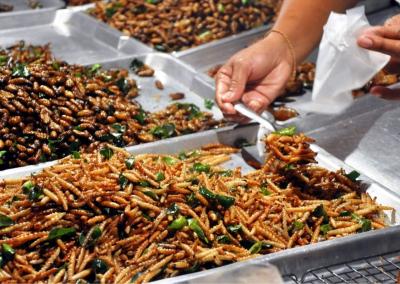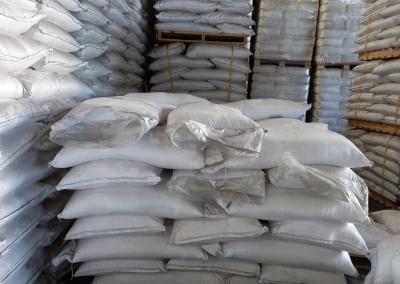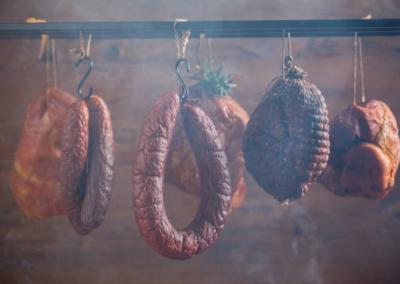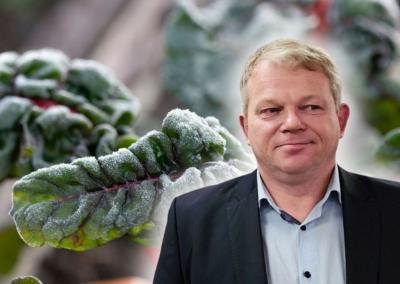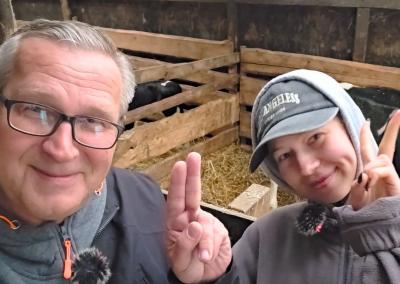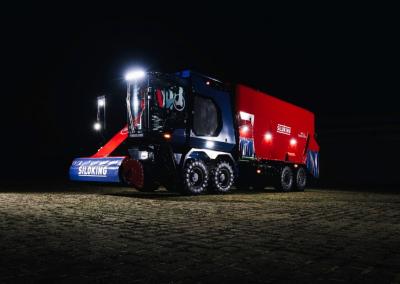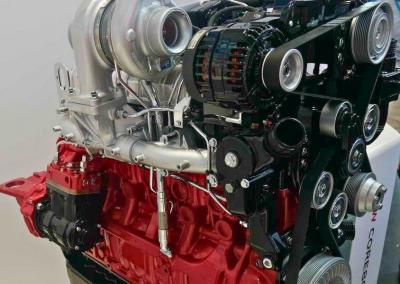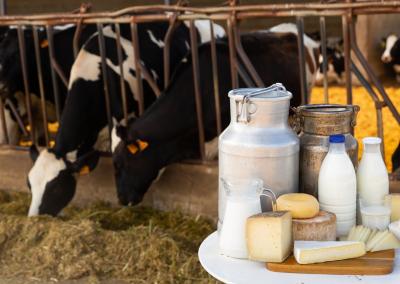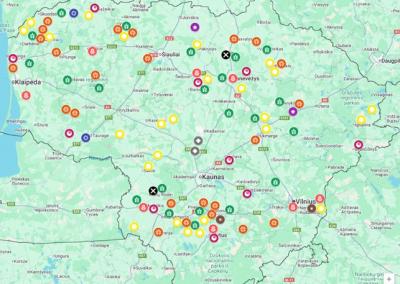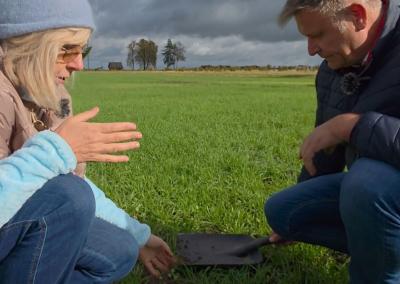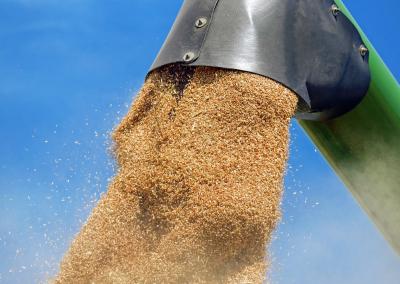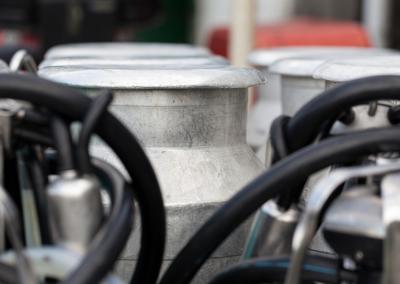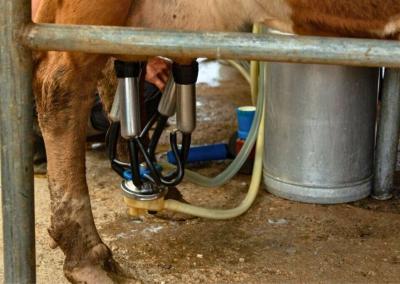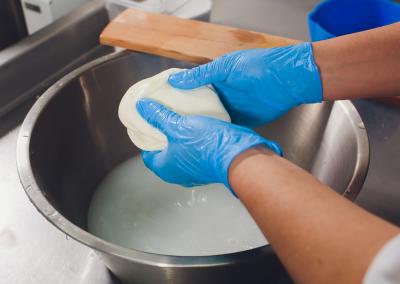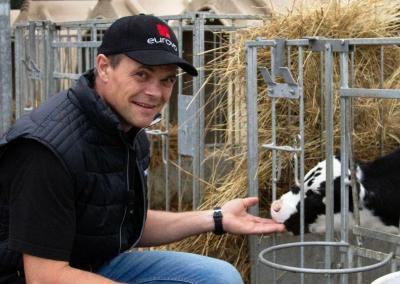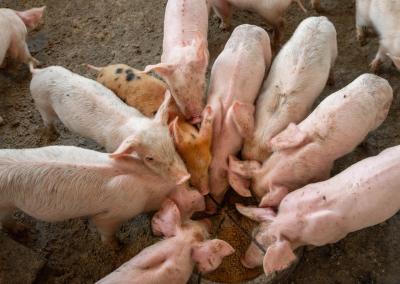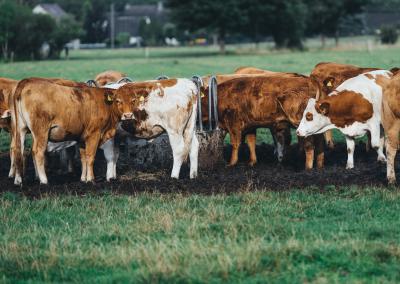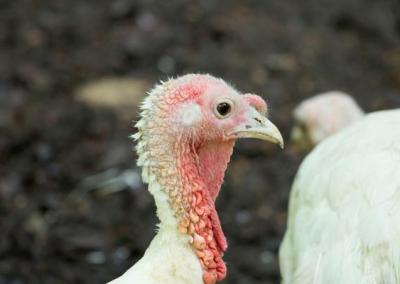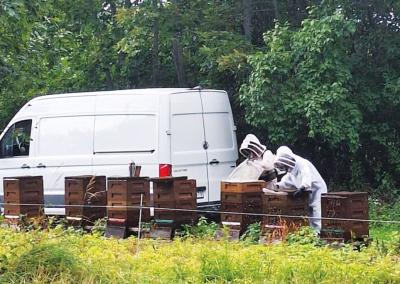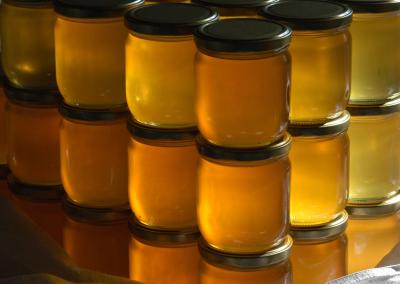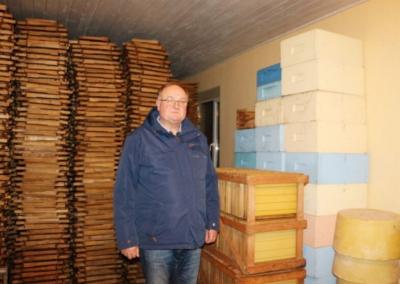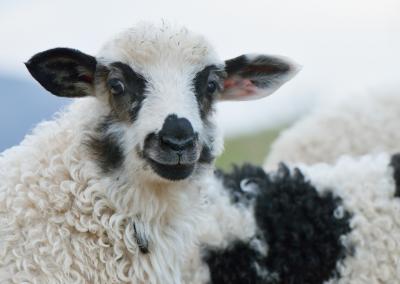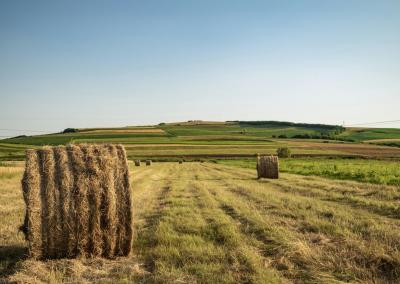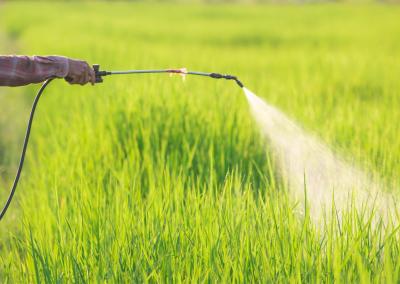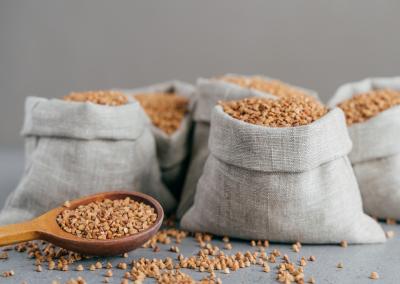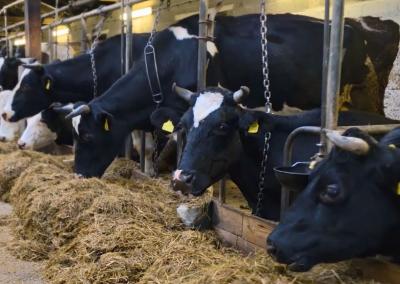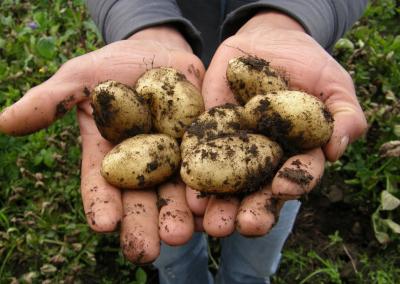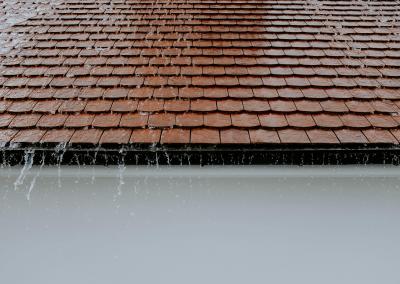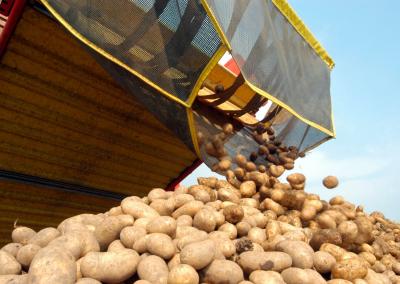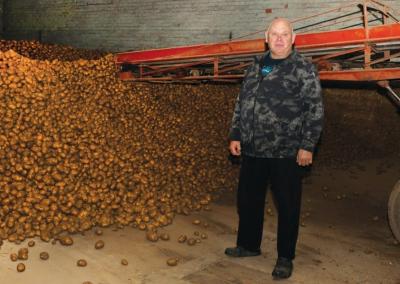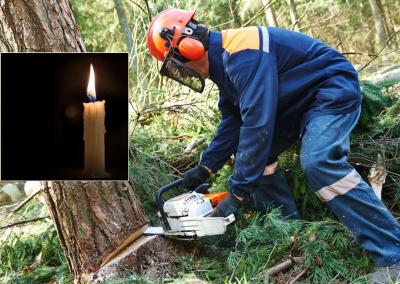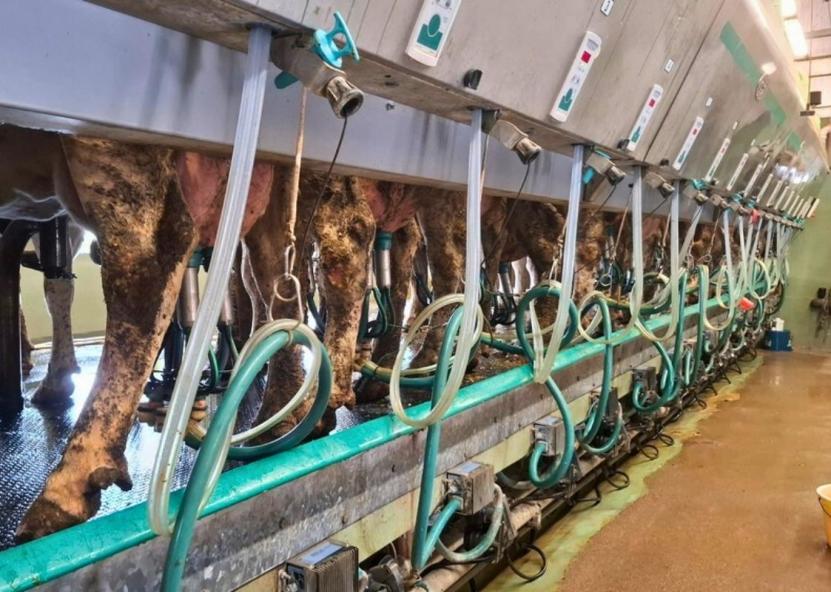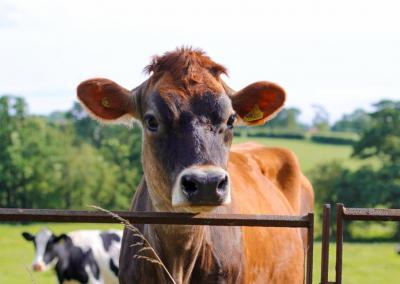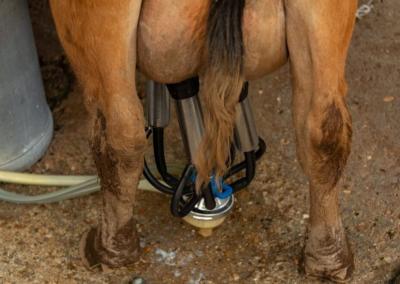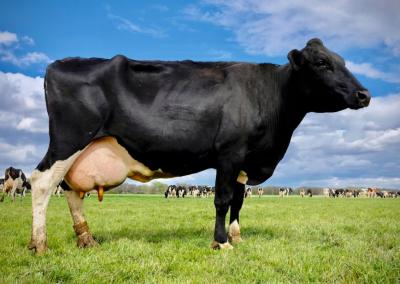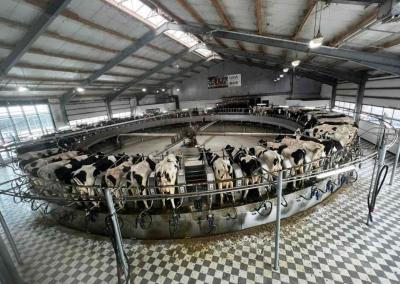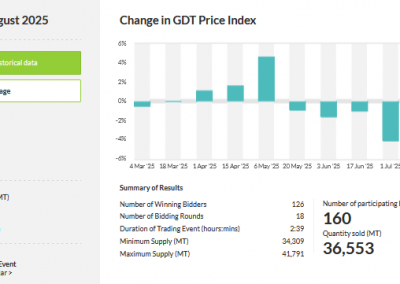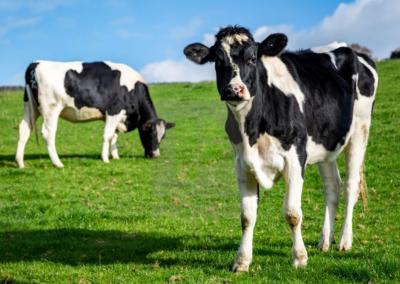The right vacuum size - the hidden health of your cows
I often hear farmers at the milking parlour say: 'Our machines work well, the cows are milking', but is that really enough? Vacuum size during milking is like the heartbeat of a human being – it has to be stable and precise. Even deviations of a few kilopascals (kPa) can lead not only to poorer milking but also to costly consequences.
The correct vacuum level depends on the configuration of the milking system:
• In the low line (milking parlour) — ~40–42 kPa.
• In the high line (milking into lines) — ~48–50 kPa.
This is according to the latest audit guidelines and European dairy farming practice
What happens when the vacuum is too high or too low?
– Too high vacuum (e.g. 44–46 kPa):
The decks are subjected to constant pressure, the skin becomes red and micro-trauma occurs. This opens the way for bacteria. Studies show that the risk of mastitis increases by up to 30% when the vacuum is too high.
– Too low vacuum (e.g. 36–38 kPa):
The apparatus no longer has sufficient force to extract milk efficiently. Milking is prolonged, the teats are irritated and the cow gets tired of standing. In addition, some of the milk remains in the alveoli, which eventually increases the number of somatic cells and reduces the cow's productivity.
– Vacuum fluctuations (± 2–3 kPa per milking):
There is nothing worse than „jumping“ vacuum. It creates uneven milking, air cracks and stress for the cows. Every fluctuation – is an additional source of micro-trauma to the teats.
The numbers that speak louder than words
According to the International Dairy Federation (IDF), a correctly adjusted vacuum reduces new infections by up to 30%.
– Improperly adjusted vacuum can reduce a cow's productive life by 0.5–1 lactation.
– In an average herd of 100 cows, losses due to increased mastitis are as high as 3,000–5,000– per year – often due to incorrect milking parameters alone.
Can you afford such losses just because of a few incorrectly adjusted pumps?
Correct vacuum – more than a number in a protocol
It is important to understand that every herd is unique. The shape of the cow's teats, the type of milking equipment, the operation of the pulsators – all of these will determine what vacuum level is most appropriate. The standard recommendation (around 42 kPa) is only a start. The exact determination has to be made according to the conditions of the particular farm.
When the vacuum is set correctly:
– the wings remain intact and undamaged,
– milking time is reduced,
– cows are willing to go to the milking area,
– milk quality improves, somatic cell count decreases.
Do you know what vacuum level your equipment maintains throughout milking? When was the last time the vacuum system was thoroughly checked?
Summary
The right vacuum level is the silent ally of the milking process. You can't see it or hear it, but it affects your cows' health, milk yield and your farm's financial performance every day.
Sources used:
– International Dairy Federation (IDF), Vacuum Levels in Modern Milking Systems, 2020
– National Mastitis Council (NMC), „Machine Milking and Mastitis Prevention“, 2019
– Reinemann, D.J., Mein, G.A., „Milking Machine Performance and Cow Health“, University of Wisconsin, 2018
– European Dairy Association, „Economic Consequences of Mastitis“, 2021Expert Julija Sachnevyč (milking process consultant, UAB Gameta LT)

